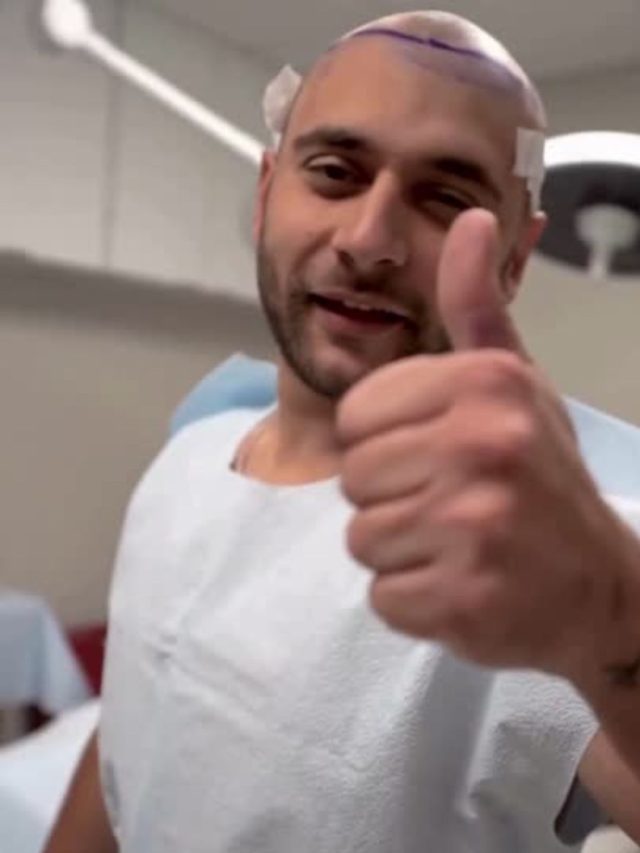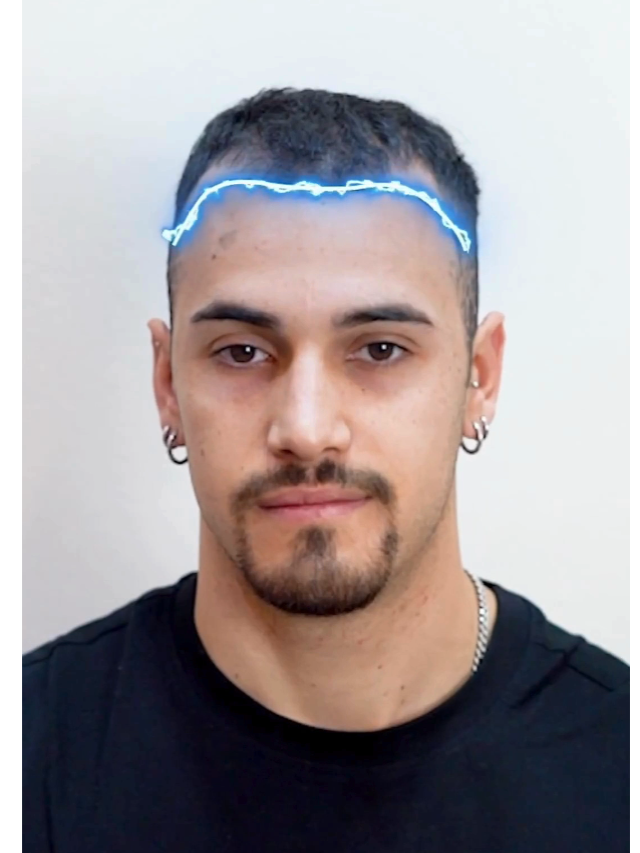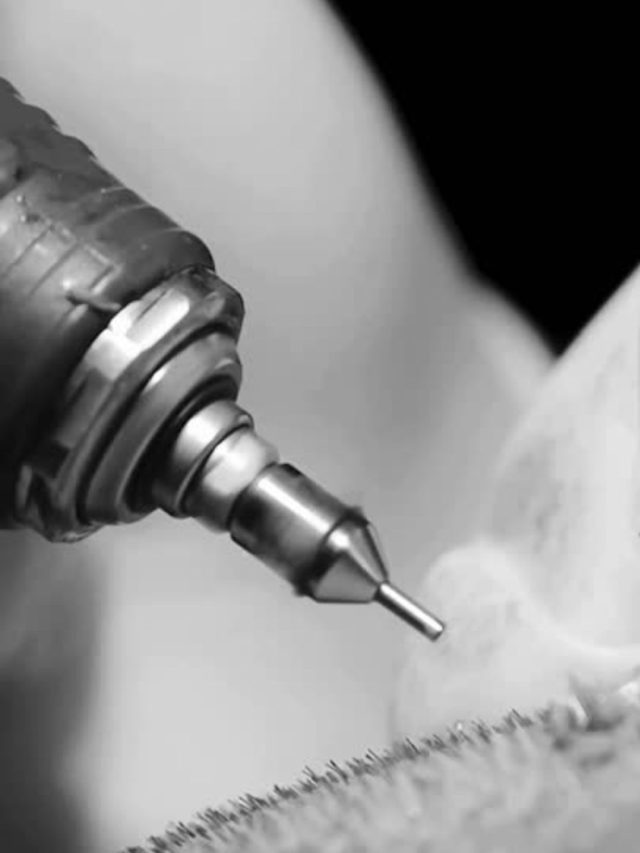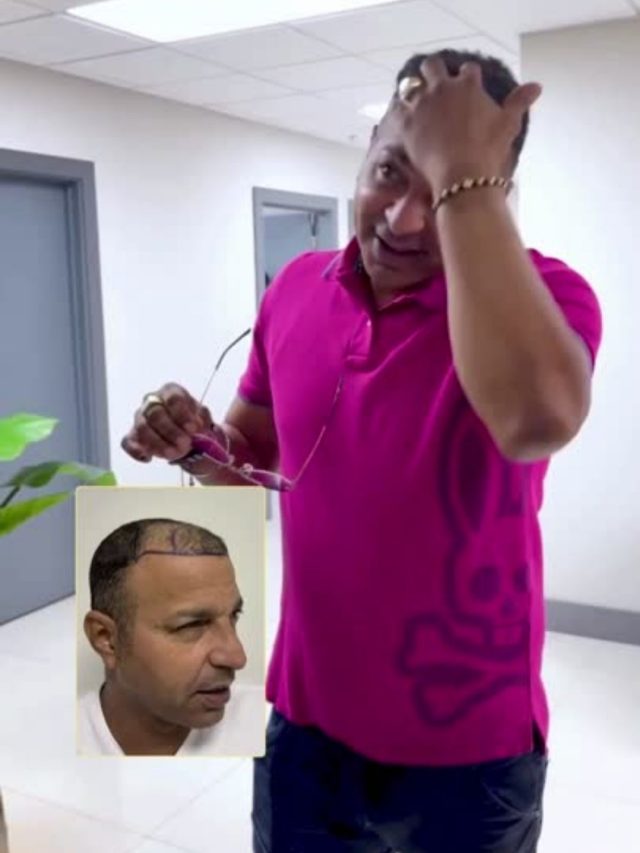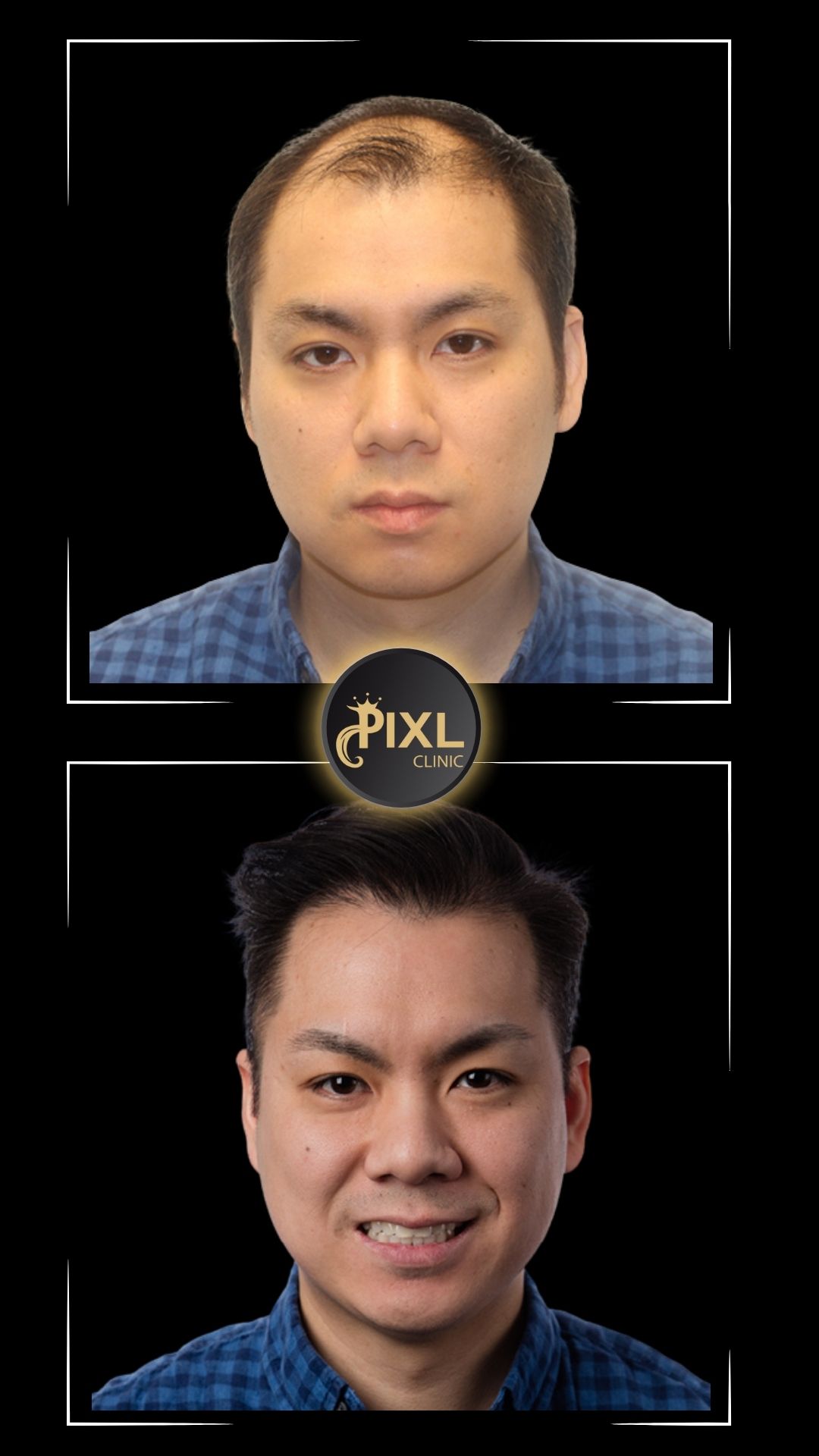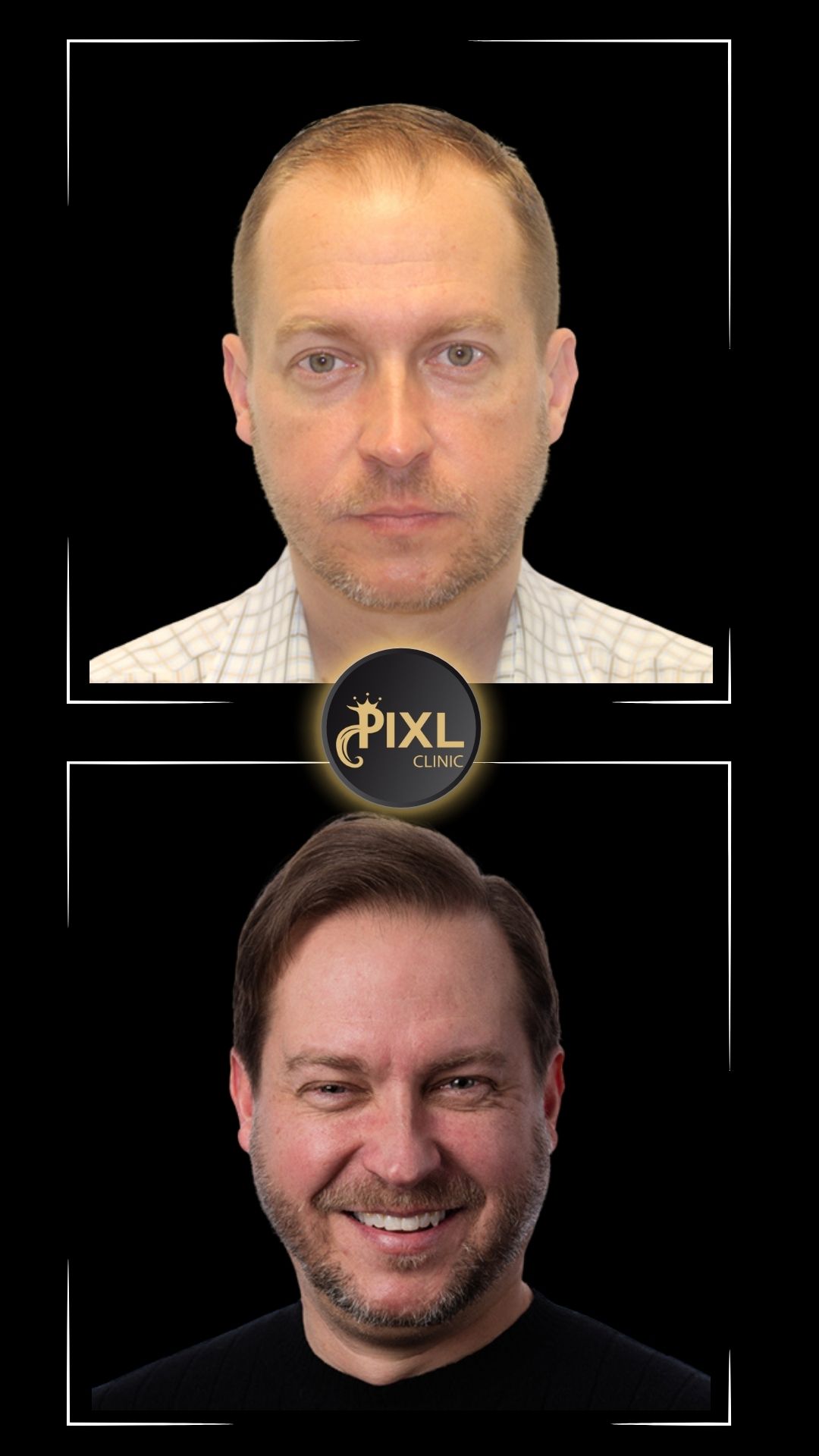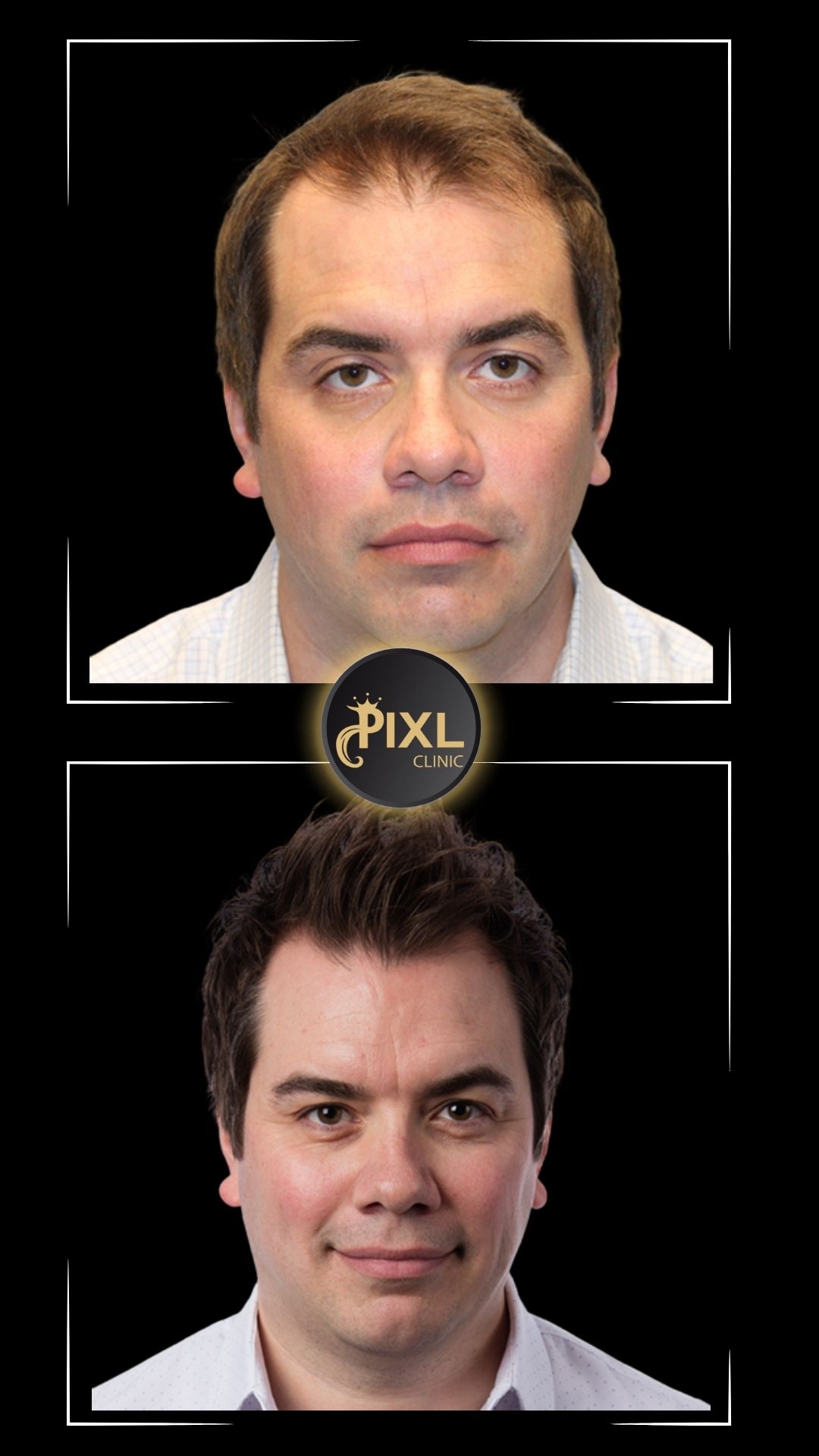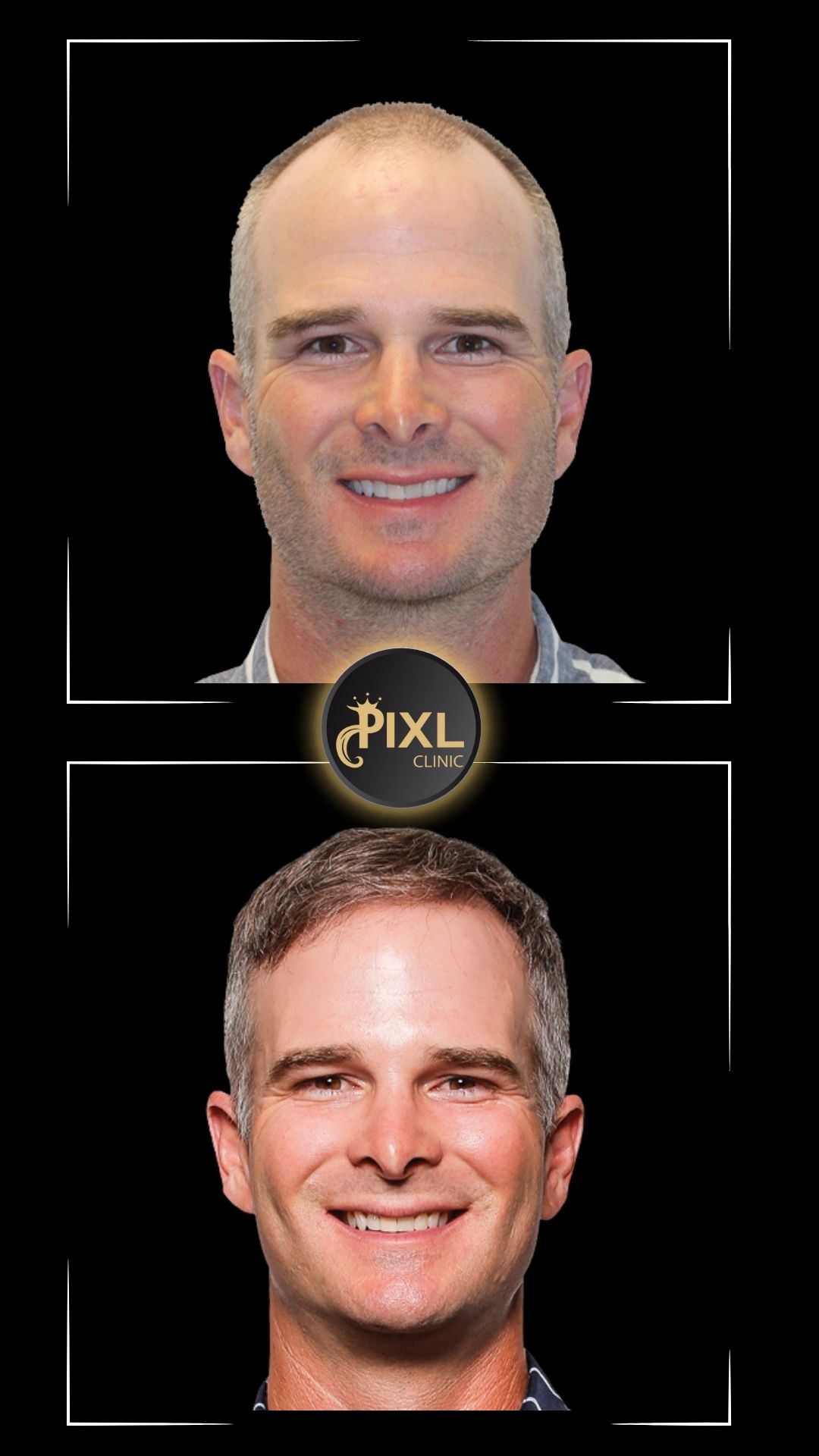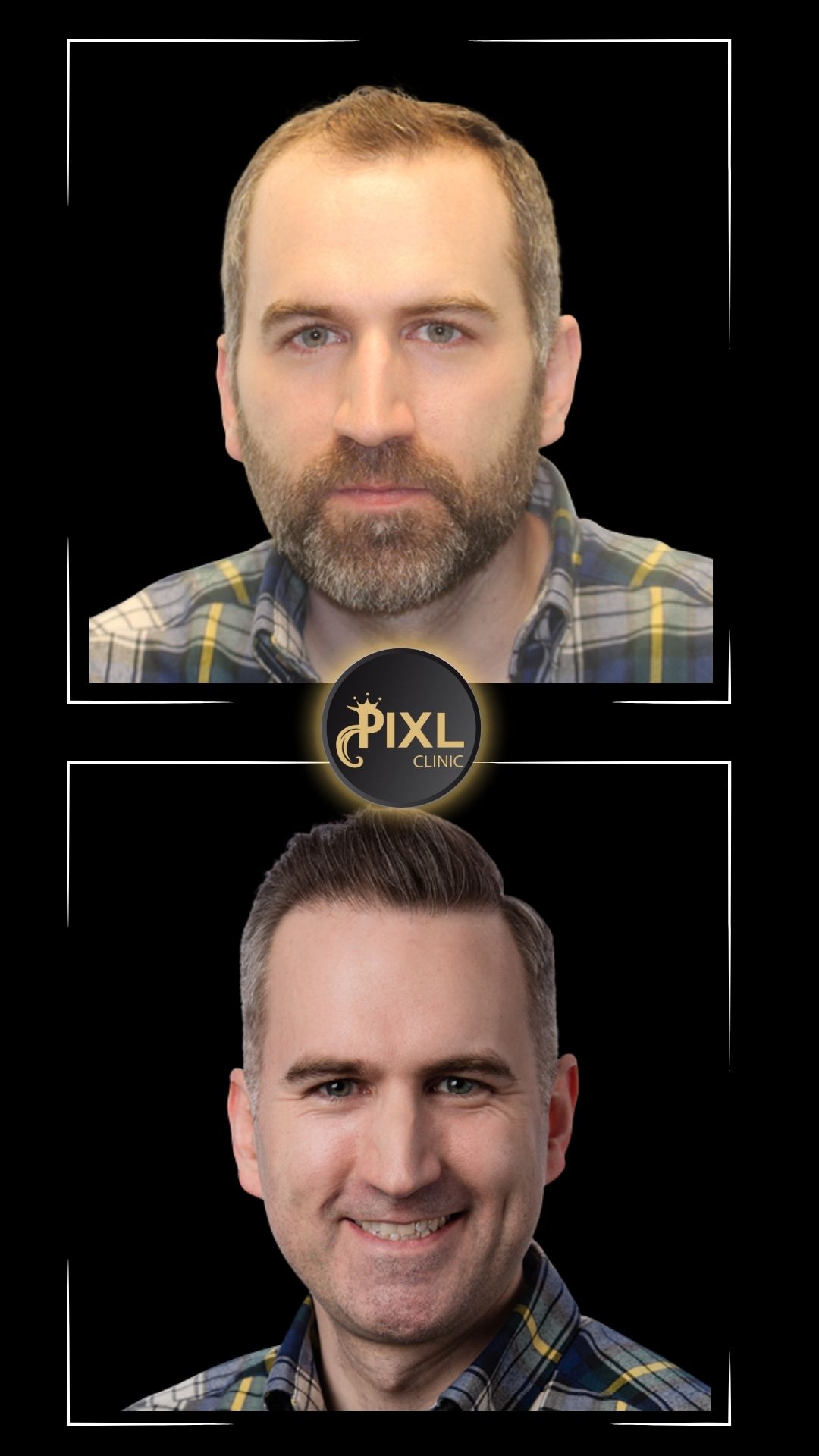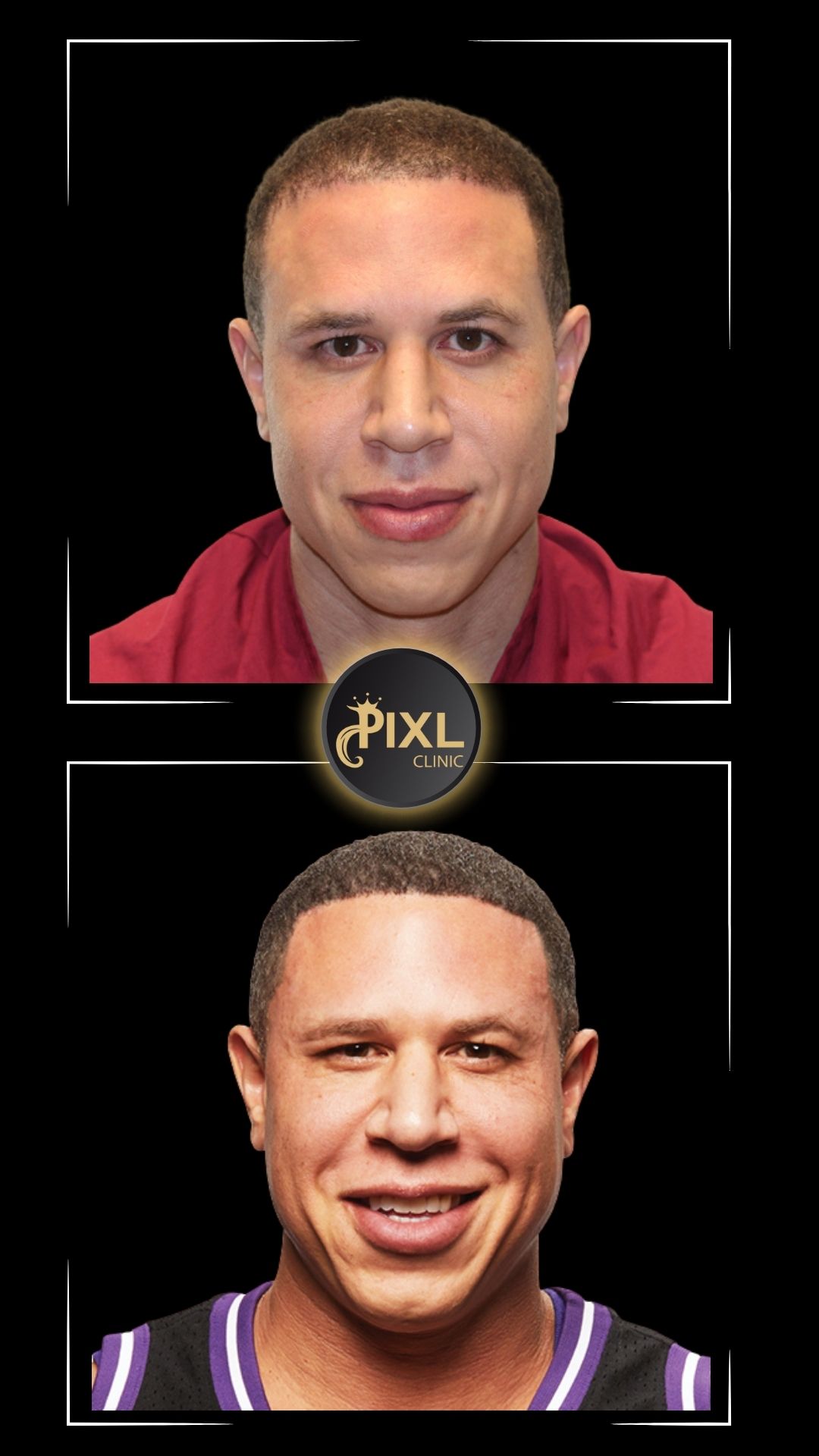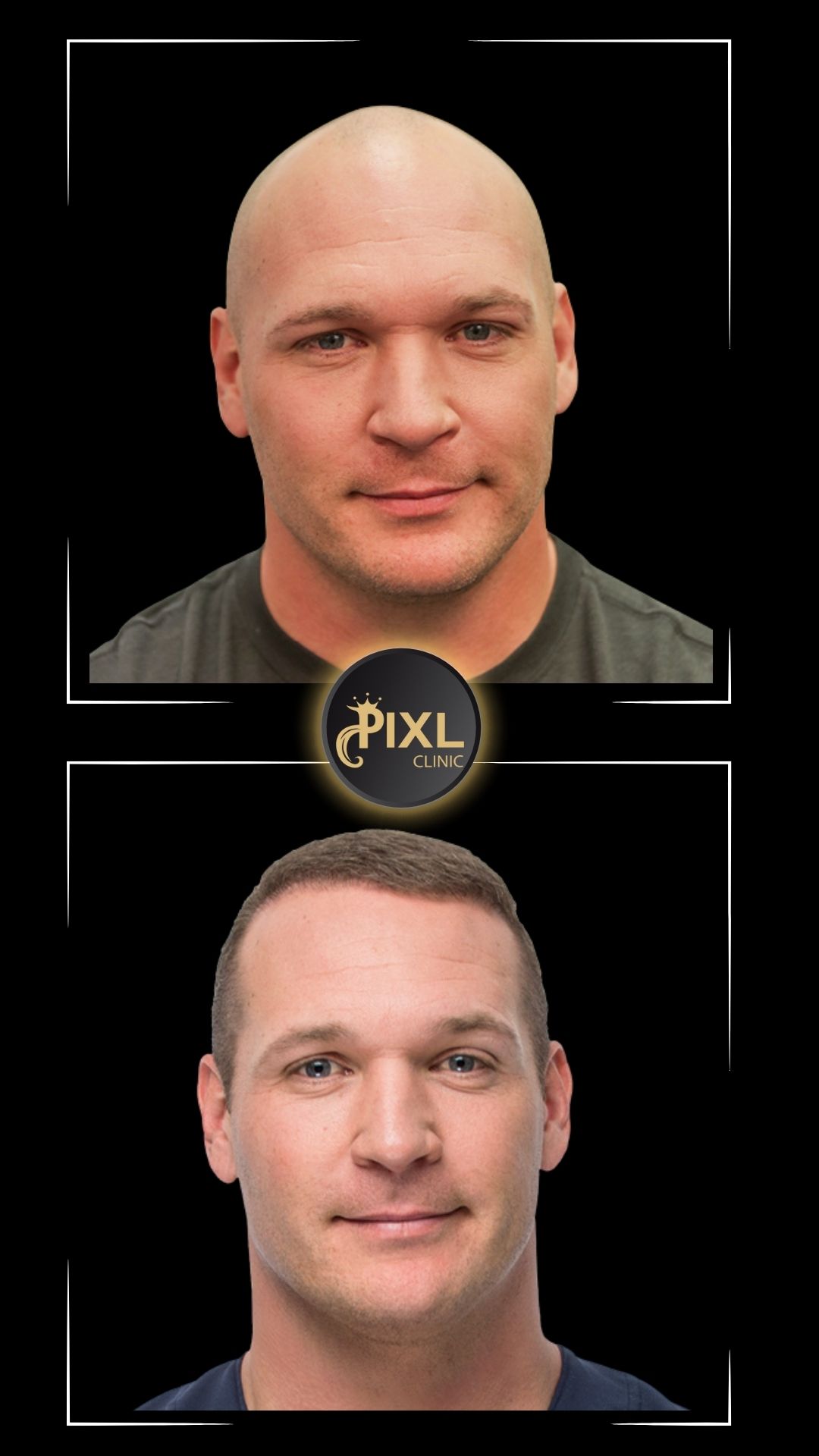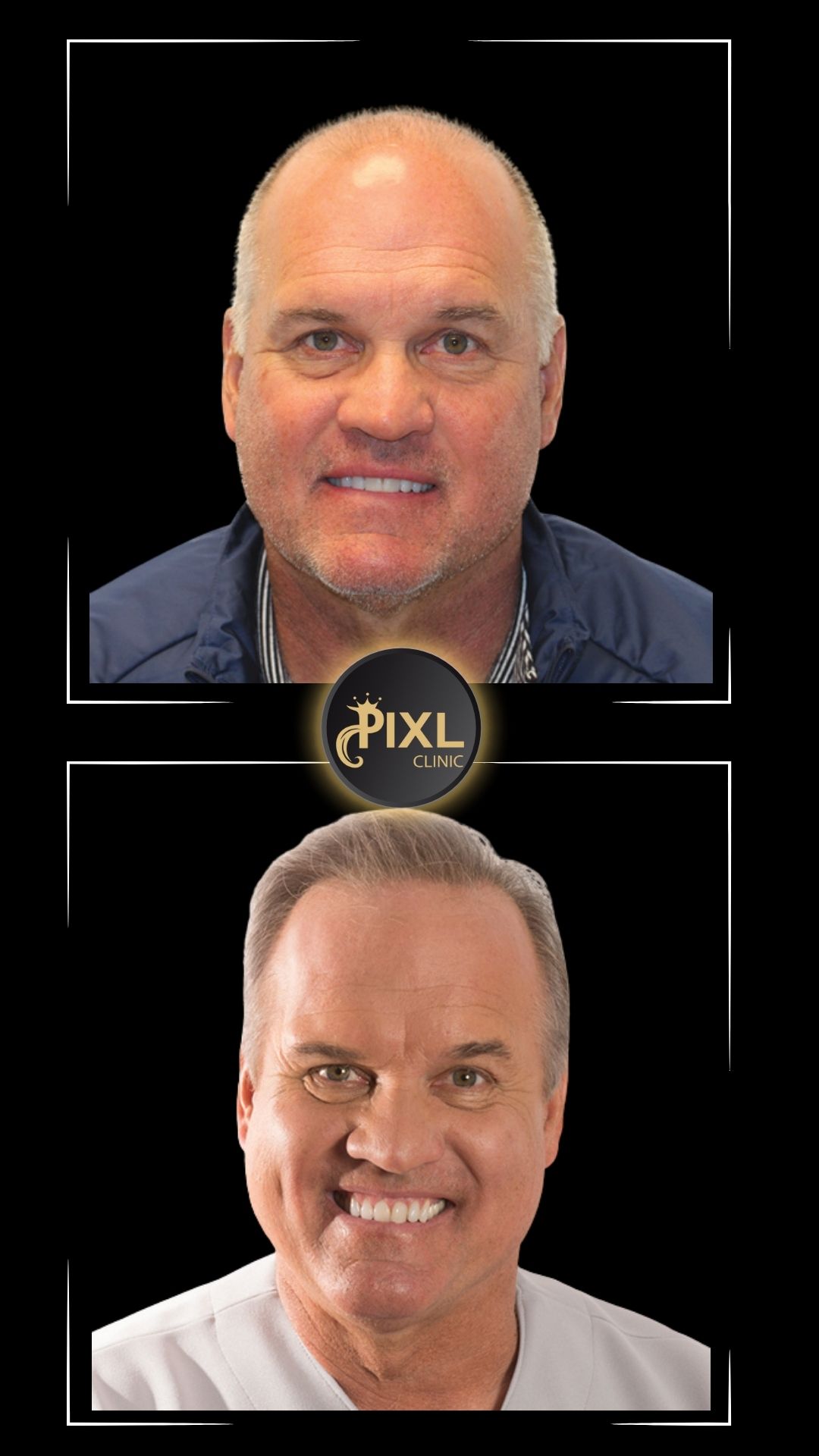Unshaven Hair Transplant Turkey
An unshaven hair transplant in turkey, also known as a “no-shave” or “unshaven” hair transplant, is a technique where hair is transplanted without shaving the donor or recipient areas. This approach can be particularly appealing to individuals who wish to avoid the temporary appearance of a shaved head during recovery. Here’s an overview of what you need to know about unshaven hair transplants in Turkey:
An unshaven hair transplant is a viable option for those who wish to avoid the appearance of a shaved head during recovery. While it offers benefits in terms of discretion and maintaining appearance, it requires careful planning and execution.
Unshaven Hair Transplant in Turkey: A Comprehensive Guide
Hair transplants have evolved significantly in recent years, offering various techniques tailored to individual needs. One such advancement is the Unshaven Hair Transplant, which allows patients to undergo the procedure without shaving their head. Turkey, renowned for its excellence in hair restoration, offers this innovative technique, combining advanced medical practices with high-quality care.
Unshaven Hair Transplant in Turkey offers a discreet, convenient, and effective solution for those seeking hair restoration without the need for complete shaving. With a reputation for excellence, affordability, and advanced technology, Turkey stands out as a top destination for this innovative procedure. By choosing the right clinic and understanding the process, you can embark on your journey to fuller, healthier hair with confidence and ease.
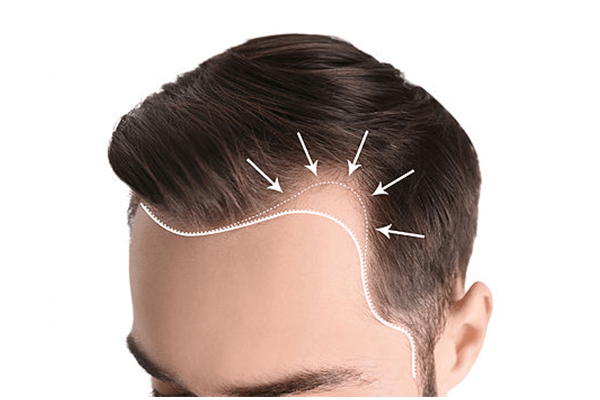
Unshaven Hair Transplant Turkey: The Innovative Solution for Hair Restoration
Hair restoration has come a long way from its early days, with new techniques continually improving results and patient comfort. One of the most exciting advancements is the Unshaven Hair Transplant, a method that allows individuals to undergo hair restoration without shaving their heads. This innovative approach provides a discreet option for those seeking to address hair loss while maintaining their everyday appearance.
What is an Unshaven Hair Transplant?
An Unshaven Hair Transplant, also known as a No-Shave Hair Transplant, is a modern hair restoration technique where the patient’s hair is not shaved before the procedure. Unlike traditional hair transplants that require shaving the donor area to extract follicles, unshaven hair transplants involve trimming rather than shaving, allowing the patient to keep their hair length and appearance intact.
How Does an Unshaven Hair Transplant Work?
The procedure involves several key steps:
- Consultation: The process begins with a thorough consultation where the surgeon assesses your hair loss, discusses your goals, and determines whether you’re a suitable candidate for an unshaven transplant.
- Preparation: On the day of the procedure, local anesthesia is applied to the donor and recipient areas. Instead of shaving, the donor area is carefully trimmed to facilitate follicle extraction while keeping the surrounding hair intact.
- Follicle Extraction: Using techniques such as Follicular Unit Extraction (FUE) or its variations, hair follicles are extracted from the donor area with precision. The unshaven method allows for selective extraction, minimizing visible thinning.
- Follicle Implantation: The extracted follicles are then implanted into the recipient area, with careful attention to creating a natural-looking hairline and density.
- Post-Procedure Care: Patients receive detailed aftercare instructions to ensure optimal healing and hair growth. This includes guidance on how to care for the scalp and manage any post-operative symptoms.
Benefits of Unshaven Hair Transplants
1. Discreetness: One of the biggest advantages of unshaven hair transplants is that the procedure is less noticeable. Since the donor area is not fully shaved, you can go about your daily life without drawing attention to your hair restoration process.
2. Minimal Scarring: The technique helps minimize visible scarring, making it an attractive option for those who want to avoid the appearance of a shaved donor area.
3. Faster Recovery: Without the need for complete shaving, patients often experience a smoother and quicker recovery, as they do not have to wait for their hair to grow back.
4. Convenient for Busy Lifestyles: For individuals with active or public-facing roles, unshaven hair transplants provide a practical solution that integrates seamlessly into their routines.
What to Expect During and After the Procedure
Before the Procedure:
- Consultation: Discuss your hair restoration goals and medical history with your surgeon.
- Preparation: Follow any pre-procedure instructions, such as avoiding certain medications or adjusting your diet.
During the Procedure:
- Anesthesia: Local anesthesia ensures you remain comfortable throughout the process.
- Extraction and Implantation: Hair follicles are extracted from the donor area and implanted into the recipient area with precision to achieve natural results.
After the Procedure:
- Initial Recovery: You may experience mild swelling and redness, which typically subside within a few days.
- Care Instructions: Adhere to aftercare instructions to promote healing and support hair growth. This may include avoiding certain activities and protecting your scalp from sun exposure.
- Results Timeline: Initial hair growth is often visible within 3 to 4 months, with full results typically becoming apparent in 12 to 18 months.
Unshaven Hair Transplant is a groundbreaking solution for those seeking a discreet, convenient, and effective method of hair restoration. By eliminating the need for complete shaving, this technique offers a more seamless integration into daily life while delivering natural-looking results. As with any medical procedure, choosing the right clinic and understanding the process is key to achieving the best outcomes. With its blend of innovation and practicality, unshaven hair transplants represent a significant advancement in the field of hair restoration.
Unshaven Hair Transplant in Turkey: Cost and Value
Hair restoration technology continues to advance, offering innovative techniques such as the Unshaven Hair Transplant. This method allows patients to undergo hair restoration without shaving their heads, making it an attractive option for those who want to keep their appearance discreet. Turkey, a global hub for high-quality and affordable medical procedures, is a popular destination for unshaven hair transplants.
Cost of Unshaven Hair Transplants in Turkey
The cost of an unshaven hair transplant in Turkey generally ranges from $2,000 to $3,000.
An Unshaven Hair Transplant in Turkey offers a cost-effective and discreet solution for hair restoration. With prices generally ranging from $2,000 to $3,000, Turkey provides a competitive option for those seeking high-quality care without the need for head shaving. By understanding the factors that influence cost and evaluating various clinics, you can make an informed decision and embark on your journey to fuller, healthier hair with confidence.
Unshaven Hair Transplant: Turkey vs. Other Locations – A Cost Comparison
Hair restoration is a growing field with various techniques available to cater to individual needs. Among the latest advancements is the Unshaven Hair Transplant, which allows patients to undergo hair restoration without shaving their heads. Turkey has emerged as a leading destination for this procedure, offering a blend of advanced technology and competitive pricing. But how does the cost of an unshaven hair transplant in Turkey compare to other locations?
Cost Comparison: Turkey vs. Other Locations
Here’s a comparative look at the cost of unshaven hair transplants in Turkey versus other popular hair transplant destinations:
1. Turkey
- Cost Range: $2,000 to $3,000
- Advantages: High-quality care, experienced surgeons, advanced technology, comprehensive packages, and affordable pricing.
2. United States
- Cost Range: $8,000 to $15,000
- Advantages: State-of-the-art facilities, experienced surgeons, and high standards of care.
- Disadvantages: Significantly higher costs, with prices often exceeding those in Turkey due to higher overhead and medical expenses.
3. United Kingdom
- Cost Range: $6,000 to $12,000
- Advantages: High-quality care and well-regulated medical practices.
- Disadvantages: Costs are generally higher compared to Turkey, influenced by the high cost of healthcare and living expenses.
4. India
- Cost Range: $2,000 to $5,000
- Advantages: Lower costs, skilled surgeons, and quality care.
- Disadvantages: Lower costs may be associated with varying standards of care, and it may require more thorough research to ensure quality.
5. Spain
- Cost Range: $5,000 to $10,000
- Advantages: Competitive pricing and experienced practitioners.
- Disadvantages: Costs can be higher than Turkey, and patients might find similar quality at a lower price in Turkey.
An Unshaven Hair Transplant in Turkey offers a competitive and cost-effective option compared to other global destinations. With prices ranging from $2,000 to $3,000, Turkey provides a high-value solution with experienced surgeons, advanced technology, and comprehensive packages. While costs in countries like the United States, the United Kingdom, and Spain can be significantly higher, Turkey’s blend of quality and affordability makes it a top choice for many seeking hair restoration. By carefully evaluating your options and considering the overall value, you can make a well-informed decision and embark on your journey to achieving fuller, healthier hair.
Frequently Asked Questions
What is an Unshaven Hair Transplant?
- Unshaven Hair Transplant, also known as No-Shave FUE (Follicular Unit Extraction), is a method where the donor or recipient areas are not shaved, allowing patients to maintain their normal hairstyle during and after the surgery. This makes the procedure more discreet.
How does it differ from traditional FUE?
- In traditional FUE, the donor area (and sometimes the recipient area) is shaved to facilitate extraction and implantation of hair follicles. In the unshaven version, only small sections of hair are trimmed, and the surrounding long hair covers the donor site, making the procedure less noticeable.
Who is a good candidate for an Unshaven Hair Transplant?
- Good candidates include individuals with mild to moderate hair loss who want to maintain their appearance without the shaved look associated with typical hair transplant procedures. It’s particularly ideal for people who want minimal disruption to their daily lives and routines.
How is the procedure performed?
- The surgeon carefully extracts individual hair follicles from the donor area without shaving the entire scalp. These follicles are then implanted into the thinning or bald areas. The process is similar to FUE but requires more precision due to the unshaven nature.
Is the procedure painful?
- The procedure is generally not painful due to the use of local anesthesia. Some patients may experience mild discomfort during the injection of anesthesia or minor soreness post-surgery, but this can be managed with pain medication.
How long does the procedure take?
- Since unshaven hair transplants require more meticulous work, the procedure typically takes longer than traditional FUE. A session can last between 8 and 10 hours, depending on the number of grafts being transplanted.
What is the recovery time?
- Recovery from an unshaven hair transplant is similar to FUE, with minimal downtime. Most patients can return to work within a few days, and the hair growth process starts within 3-4 months, with full results visible after 9-12 months.
Are the results natural-looking?
- Yes, unshaven hair transplants produce natural-looking results. The hair follicles are implanted in a way that mimics the natural growth pattern, and since the surrounding hair is left intact, the results are often less noticeable during the initial healing phase.
How long do the results last?
- The results of an unshaven hair transplant are permanent. Once the transplanted hair grows, it behaves like natural hair, and the results last a lifetime as long as the donor hair remains healthy.
How much does an unshaven hair transplant cost in Turkey?
- The cost of an unshaven hair transplant in Turkey varies based on the clinic, surgeon, and number of grafts. Typically, the price ranges from $2,000 to $4,000, which is more affordable than in many other countries like the USA or the UK, where the cost can be significantly higher.
Why is Turkey popular for unshaven hair transplants?
- Turkey is a leading destination for hair transplants due to its highly skilled surgeons, state-of-the-art facilities, and affordable prices. Many clinics offer comprehensive packages that include accommodation and transportation, making it convenient for international patients.
Is the procedure safe?
- Yes, unshaven hair transplants are generally safe when performed by a qualified and experienced surgeon. However, as with any medical procedure, there are risks such as infection, swelling, or poor graft survival. Choosing a reputable clinic reduces these risks significantly.
What are the advantages of an unshaven hair transplant?
- Discretion: The main advantage is that it allows patients to undergo a hair transplant without having to shave their head, making the process less noticeable to others.
- Quicker return to normal life: Since there is no need to wait for shaved hair to grow back, patients can resume normal activities without major changes to their appearance.
- Minimal Scarring: As with FUE, there are no linear scars, and the tiny punctures heal quickly and are virtually undetectable.
What are the disadvantages?
- Longer procedure: The unshaven method requires more time and precision, so the procedure tends to take longer than a standard FUE hair transplant.
- Higher cost: Unshaven hair transplants may cost more than traditional FUE due to the additional time and effort required.
What should I expect during the consultation?
- During the consultation, the surgeon will evaluate your hair loss pattern, discuss your expectations, and determine whether you are a good candidate for the unshaven procedure. They may also discuss the number of grafts needed and the expected outcome.
Is there any scarring?
- Like with FUE, there is minimal scarring with the unshaven hair transplant technique. The tiny incisions made to extract and implant hair follicles heal quickly, and any small scars are typically covered by the surrounding hair.
How soon can I see the results?
- Hair growth begins approximately 3 to 4 months after the procedure, with significant improvement seen at 6 months. Full results are usually visible within 9 to 12 months.
Are there any risks or complications?
- As with any surgical procedure, there are some risks, such as infection, poor graft survival, or temporary swelling. These are rare, especially when performed by a skilled surgeon. Following proper aftercare reduces the likelihood of complications.
Can unshaven hair transplants be used for facial hair?
- Yes, unshaven hair transplants can also be used to restore or enhance facial hair, such as beards, mustaches, and eyebrows, without requiring shaving.
How should I prepare for the procedure?
- Prior to the surgery, you will be advised to stop smoking and avoid alcohol and certain medications like blood thinners. A medical evaluation will be conducted to ensure that you are a suitable candidate for the procedure.
What is the aftercare like?
- After the surgery, you will need to follow specific aftercare instructions to ensure the best results. This may include avoiding direct sunlight, strenuous activities, and touching the treated areas. You may also be advised to use prescribed topical solutions or medications.

